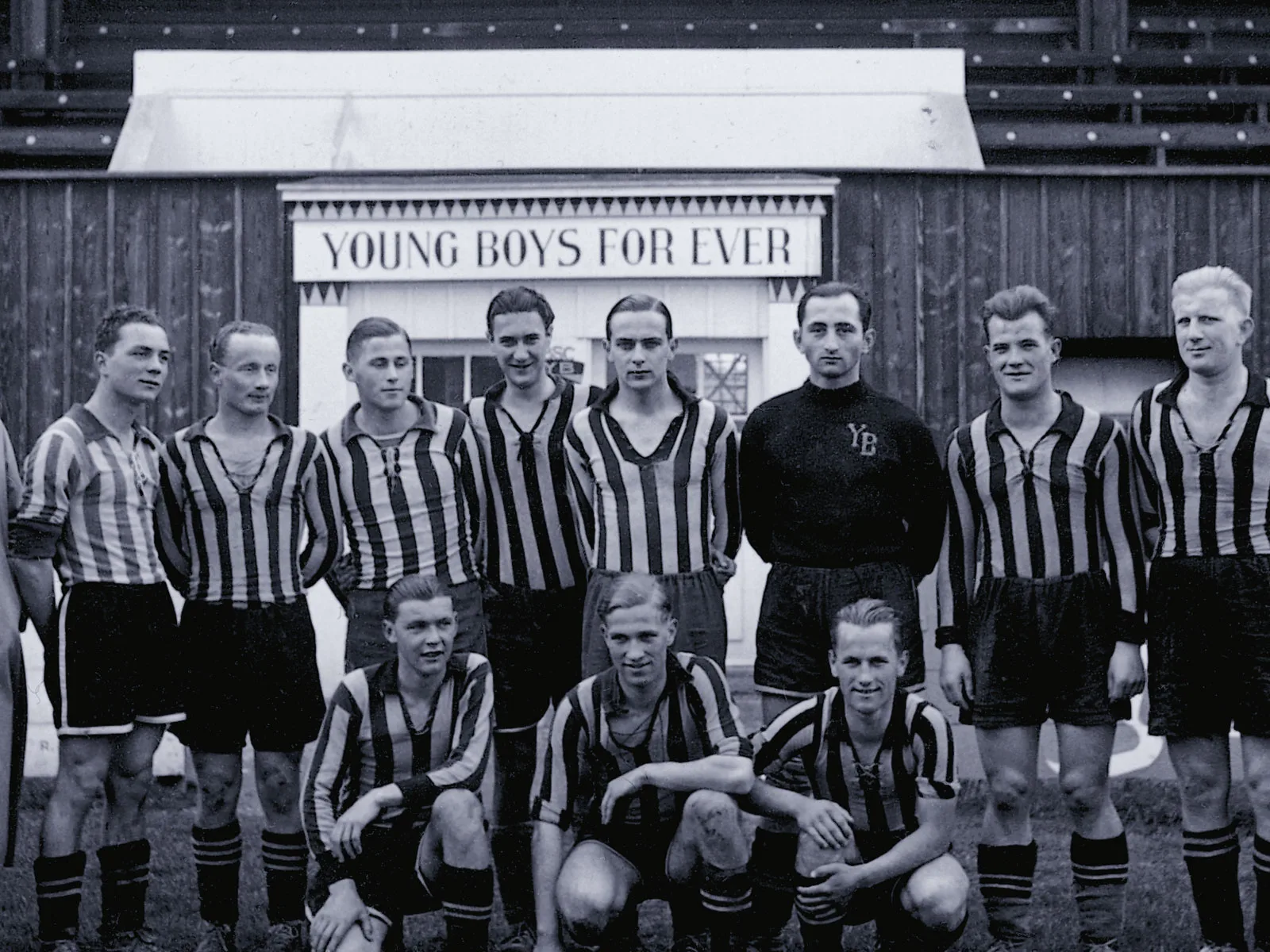
How Switzerland became a footballing nation
The Swiss Football Association was founded on 7 April 1895. But football actually became popular in Switzerland some time before that and can be attributed to the country’s strong international links in the 19th century.
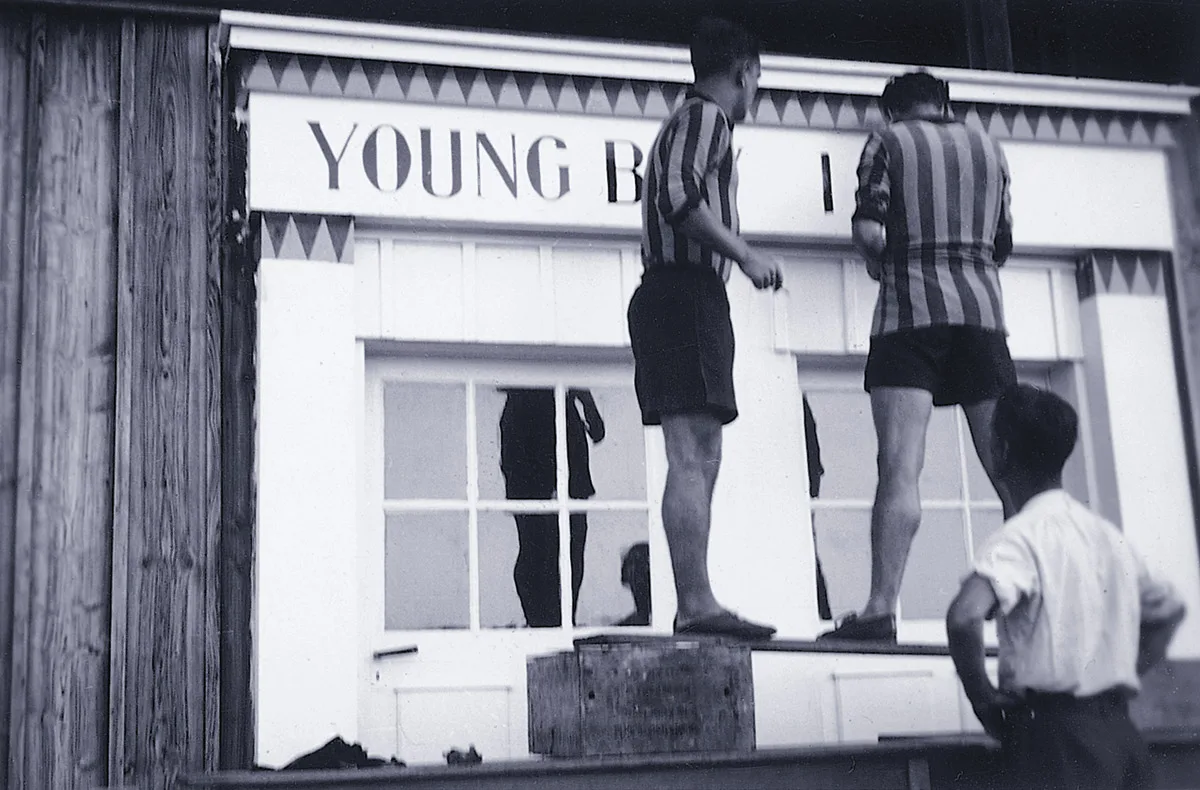

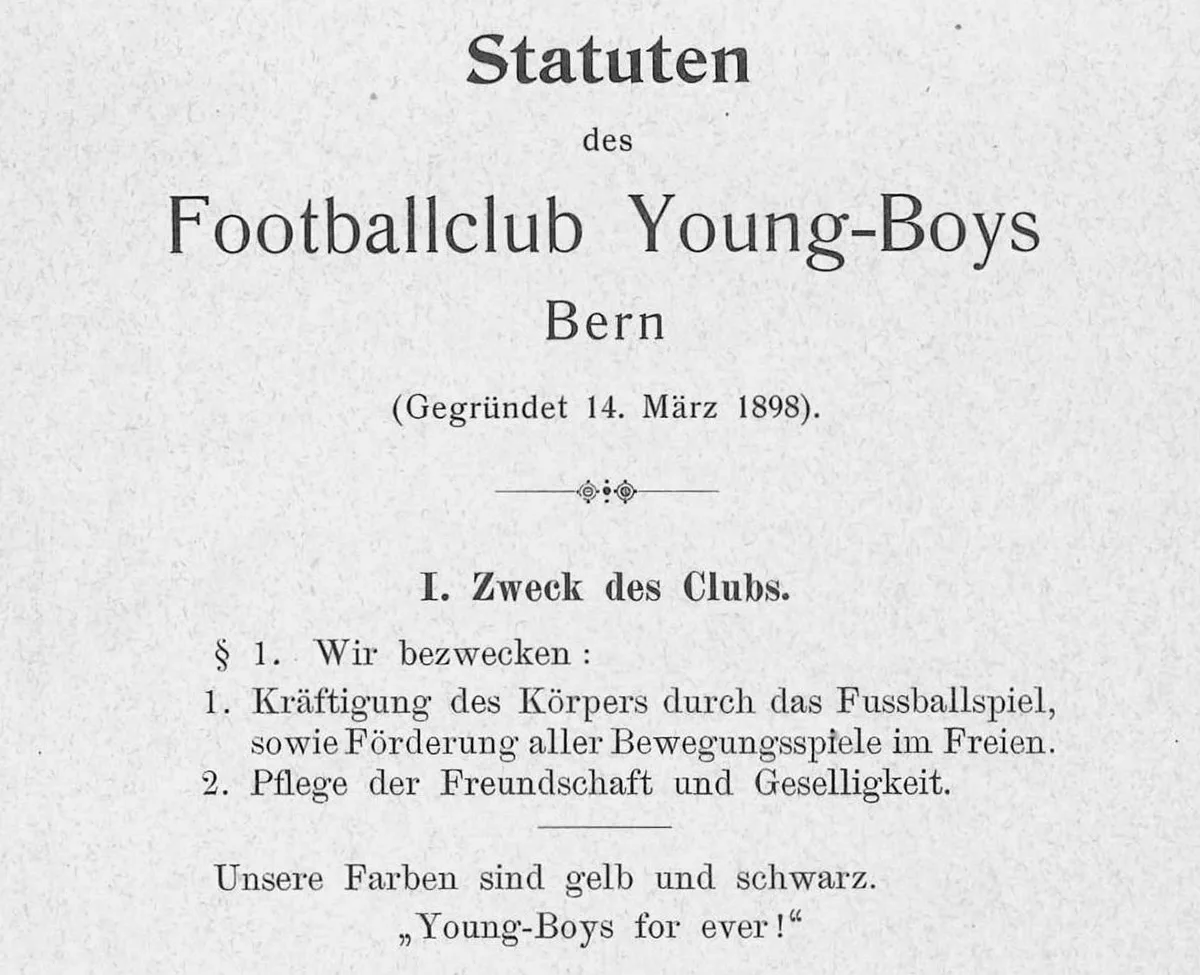


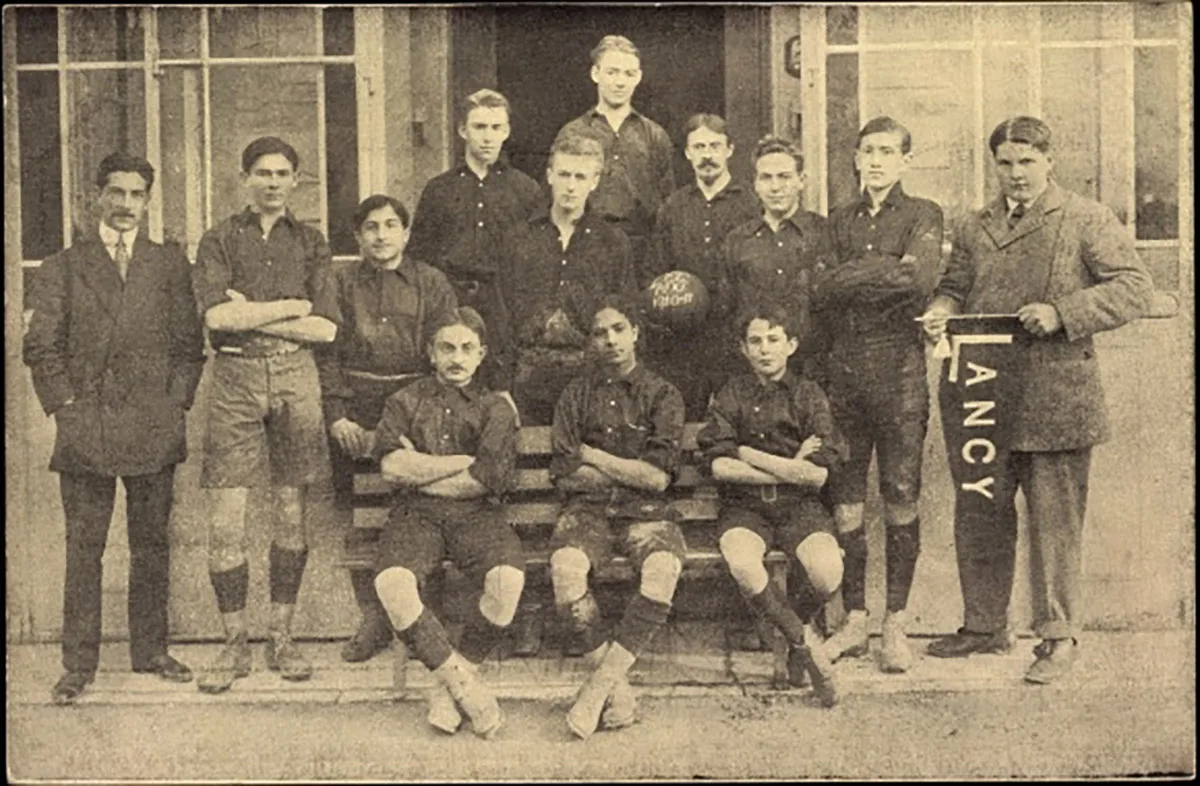
A football match from 1897. Rules followed? Yes. Competitive sport? Hmmm... YouTube
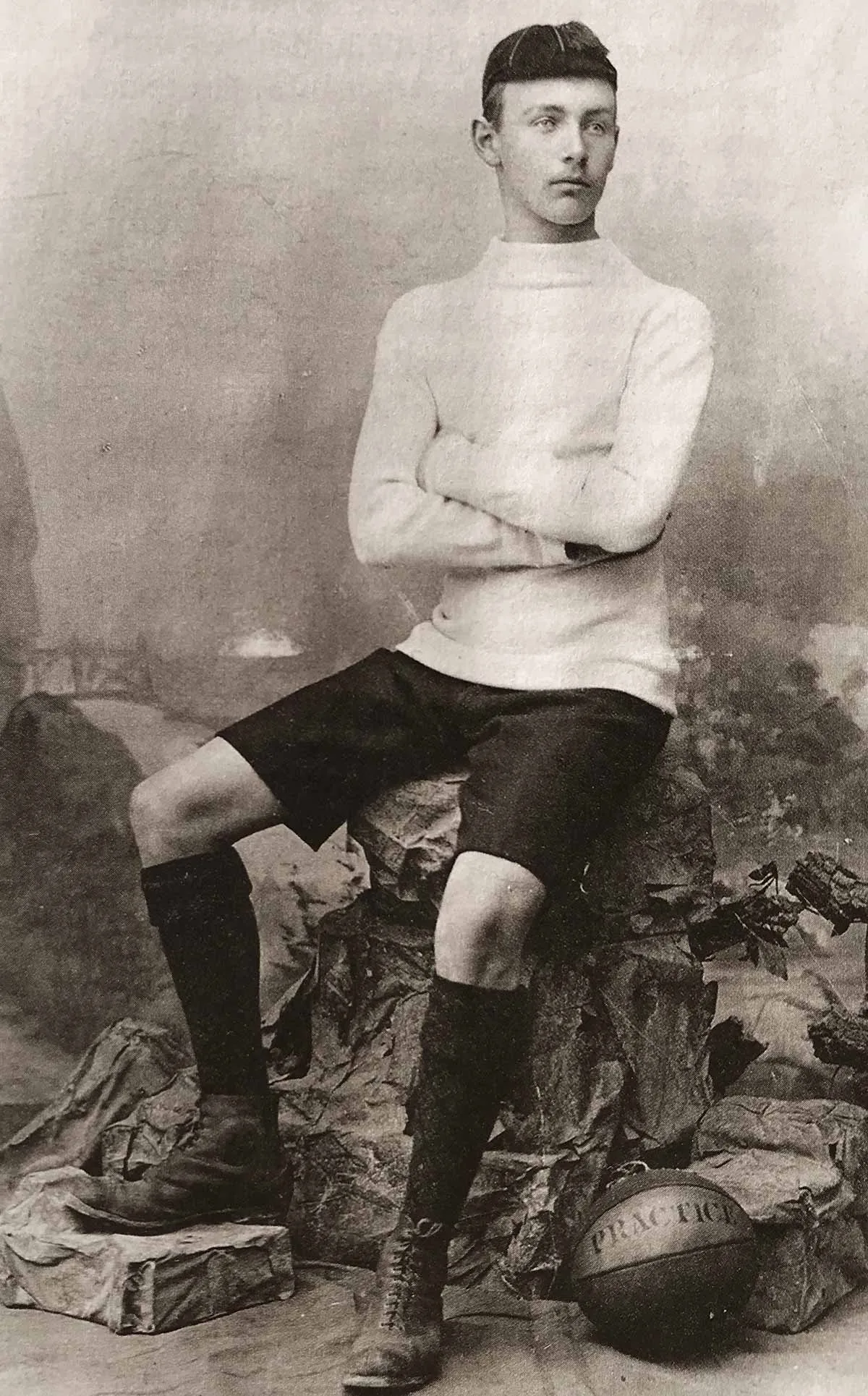
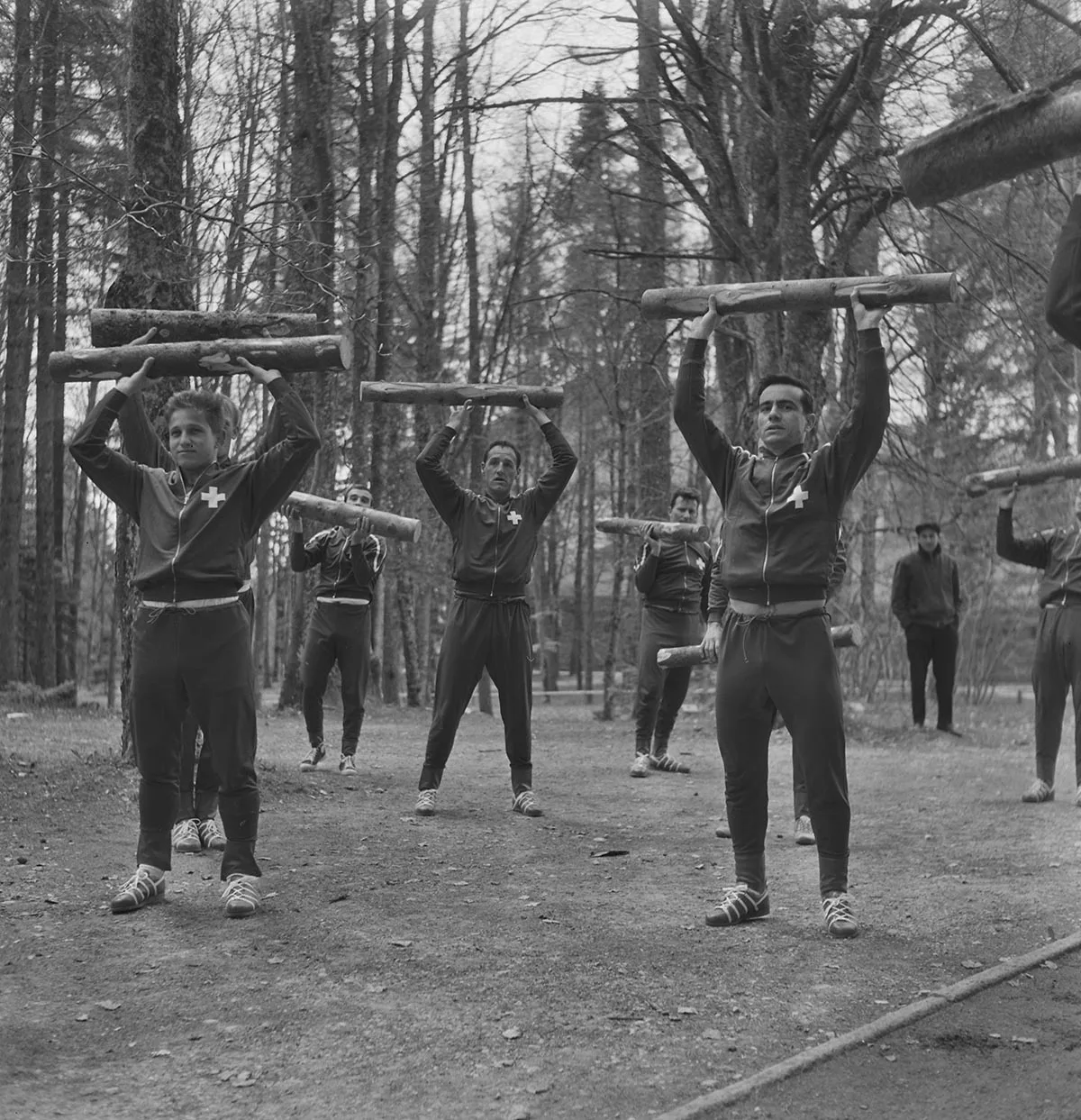
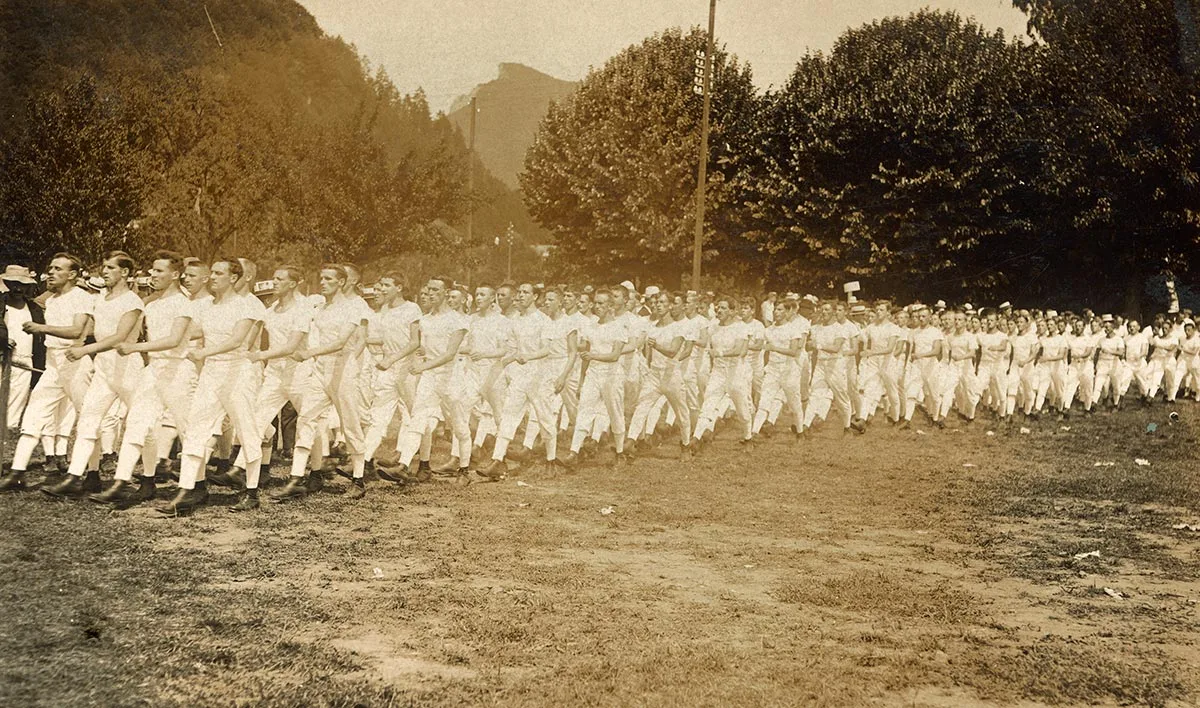
Swiss Sports History

This text was produced in collaboration with Swiss Sports History, the portal for the history of sports in Switzerland. The portal focuses on education in schools and information for the media, researchers and the general public. Find out more at sportshistory.ch



